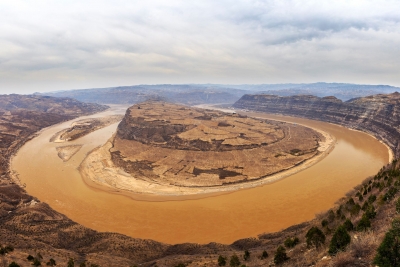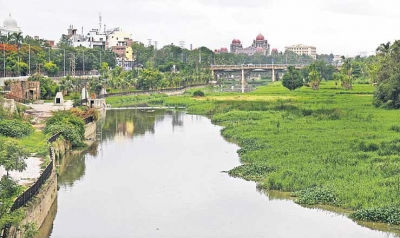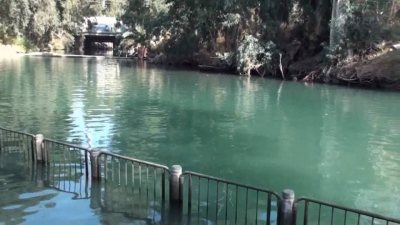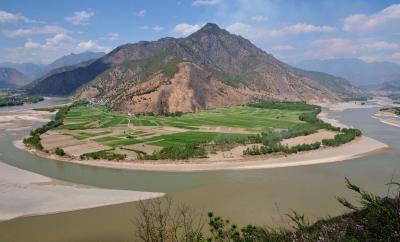
The Yellow River is also called “China’s Sorrow”. Each year, over 1.6 billion tons of soil flows into the Yellow River, which causes the continual rise and shift of the riverbed. Before damming, it was extremely prone to flooding, and had caused millions of deaths, including the deadliest disaster in human history.
With global warming, decrease in rainfall in the Yellow River Basin, and increasing water demands for irrigation, industry, etc., the Yellow River has been used up by its lower reaches since 1972, when it ran dry for the first time in recorded history. The longest dry period lasted 226 days in 1997.
Drought in the Yellow River region has brought serious challenges to agricultural development and the cities near the Yellow River.
What’s worse, the river has been abused. It has become so polluted in some reaches that it is unfit for agricultural and industrial use, because of the huge increase in factory and sewage discharges from China’s fast-expanding cities.
The government is taking measures to deal with Yellow River pollution, such as setting limits on the volume of major pollutants discharged into rivers and lakes, and controlling overuse of water resources.
Picture Credit : Google





